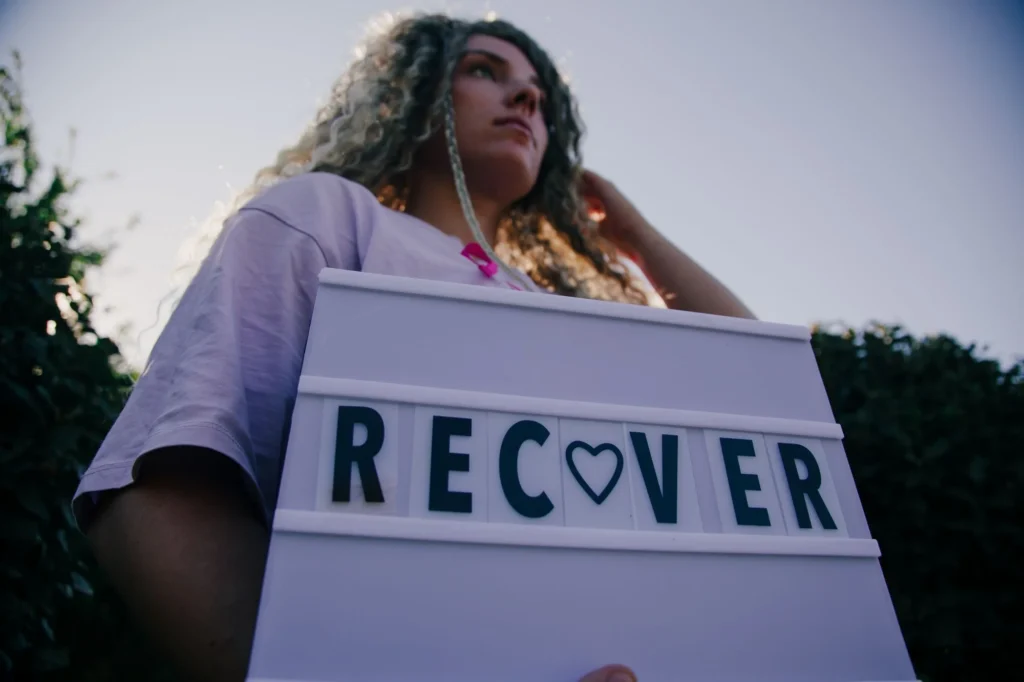Your Path to Healing Starts at Mt. Sinai
Home / Programs / Medical Detox / Opiate Detox
Opiate Withdrawal & Addiction Treatment in Georgia
Opiate addiction can take a serious toll on your life, but with the right help, recovery is possible. At Mount Sinai Wellness Center, we guide you through detox with medical care, compassion, and a plan tailored to your needs.
Medical Detox Center
Menu
Hear It from Our Clients
"Star, my therapist - Best therapist I've ever had. Hands down. Nothing else to say really."
- S.D.
What Are Opiates?
Opiates are powerful drugs that come from the opium poppy plant. They work by attaching to opiate receptors in the brain and body to block pain signals. While doctors prescribe them to manage pain, they also affect the brain’s reward system, which makes them incredibly addictive. What begins as pain relief after surgery or injury can quickly spiral into something much harder to manage.
That’s why opiate addiction is so common. These substances don’t just ease physical pain; they also bring a sense of calm or euphoria, temporarily dulling emotional pain. But over time, the brain starts relying on them to function. This can lead to physical and emotional dependency, making it harder to get through the day without them.
Opiates vs. Opioids—What’s the Difference?
While often used interchangeably, there is a small difference between opiates and opioids. Opiates refer to natural drugs made directly from the opium plant, like morphine or codeine. Opioids is the broader term that includes natural, semi-synthetic, and synthetic substances, like oxycodone or fentanyl. Both can be dangerously addictive, especially when misused.
List of Opiates
There are several types of opiates, both prescription and illicit. Even when prescribed by a doctor, these drugs carry a high risk for dependence and addiction. That’s why it’s so important to use them carefully and seek help if dependency develops. Common examples, both in natural and semi-synthetic forms, include:
- Opium – the raw extract from the opium poppy plant
- Morphine – often used in hospitals to treat severe pain
- Codeine – found in some prescription cough and pain medications
- Heroin – an illegal drug made from morphine
- Hydrocodone – found in painkillers like Vicodin
- Oxycodone – the active ingredient in OxyContin and Percocet


Clinical Opiate Withdrawal Symptoms
When someone dependent on substances stops taking them, the body pushes back. This is called withdrawal. It can be painful, disorienting, and in some cases, risky without proper care. During detox, the brain struggles to restore balance without the drug. The team at Mount Sinai is by your side every step of the way, helping manage the physical symptoms while offering support for the mental and emotional toll, too.
Common withdrawal symptoms include:
- Muscle aches and cramping
- Nausea, vomiting, and diarrhea
- Sweating and chills
- Anxiety or agitation
- Restless legs and sleep problems
Opiate Withdrawal Timeline
Opiate withdrawal can begin as soon as 6–12 hours after the last dose. Professional support during this time can make a big difference in both safety and comfort. Everyone’s journey looks different, but here’s a general idea of what you can expect:
1
Days 1–3
- This is when the most intense symptoms—like cravings, insomnia, and anxiety—tend to hit hardest
2
Days 4–7
- The worst symptoms usually begin to fade, but fatigue and mood swings might linger
3
Week 2+
Physical symptoms ease, but emotional challenges or cravings may still come and go
Medication for Opiate Use Disorder
We use evidence-based medications in our medical detox to make recovery safer, smoother, and more sustainable. This is called medication-assisted treatment (MAT), and it’s one of the most effective ways to treat withdrawal and prevent relapse. These medications help calm withdrawal symptoms, stabilize brain chemistry, and curb cravings. At Mount Sinai, we use several medications for opiate withdrawal treatment, including:
- Clonidine – Helps reduce anxiety, sweating, and cramping
- Gabapentin – Eases nerve pain and withdrawal-related discomfort
- Suboxone – A combination of buprenorphine and naloxone used to reduce cravings
- Vivitrol – Blocks the effects of this substance to help prevent relapse

Safe Opiate Detox at Mount Sinai Rehab Center in Georgia
At Mount Sinai, we provide a medically supervised, structured environment where you can safely detox. Our licensed medical team is available 24/7 to manage symptoms, monitor your progress, and adjust treatment as needed. We focus on both your physical safety and emotional well-being.
Once stabilized, you’ll have access to continued care through our inpatient rehab or opiate addiction treatment program. This is where real recovery begins: with a clear plan and the right support to move forward. Reach out today if you’re ready for the next step.
Reach New Heights in Your Recovery
Complete the form below or call 800 353 4673.
FAQs
How long does opiate withdrawal last?
Withdrawal usually lasts about a week, but some symptoms—like cravings and low mood—can stick around for weeks or even months. With professional support, symptoms are easier to manage.
Can you die from opiate withdrawal?
Withdrawal is rarely life-threatening, but it can lead to serious complications like dehydration, heart problems, or relapse if not medically supervised. Medical detox is the safest way to get through it.
Why are opiates so addictive?
Opiates trigger a strong dopamine response in the brain, creating a powerful sense of relief or euphoria. Over time, the brain stops producing its own dopamine, making the person rely on the drug just to feel normal.
Will gabapentin help with opiate withdrawal?
Yes, gabapentin is often used in opiate withdrawal treatment. It can reduce nerve-related pain, anxiety, and sleep problems during detox.
Featured Articles

Medically Reviewed by Dr. Sabrina Hanna
Work can be rewarding, but it can also drain your energy. When stress builds, a mental health day off work… Read More In the full article

Medically Reviewed by Jennifer Hooper
National Recovery Month, held each September, raises awareness about addiction and celebrates the power of recovery. It encourages open conversations… Read More In the full article


